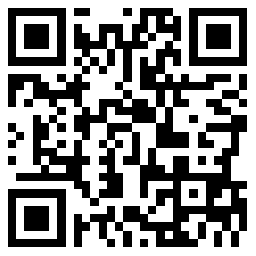中英
1
scope and sequence中文是什么意思
- 中文翻譯
- 造句
- 內(nèi)容安排
- scope n. 1.(活動)范圍。 2.眼界,視界;視野;見識。 ...
- sequence n. 1.繼續(xù);接續(xù);連續(xù)。 2.順序;程序;次第;關系 ...
- -scope 后綴 表示“看的東西,看的器械,…鏡,…指示器”: telescope.
- a scope a型顯示器
- the scope 視角傳媒
- by sequence 依次,逐一
- in sequence 按順序; 串聯(lián); 順次, 挨次; 依次,逐一; 依次,逐一
- in-sequence 串聯(lián)順次
- sequence n. 1.繼續(xù);接續(xù);連續(xù)。 2.順序;程序;次第;關系;關聯(lián)。 3.后果;結(jié)果;接著發(fā)生的事;后事;后文。 4.【數(shù)學】數(shù)列;序列;數(shù)貫。 5.【無、計】指令序列;定序。 6.【計算機】順序機〔將信息項目排成順序的機器〕。 7.【音樂】用不同音調(diào)反復演奏一組樂句。 8.【天主教】宣講福音前唱的圣歌。 9.【牌戲】順。 10.【電影】(描述同一主題的)連續(xù)鏡頭;片斷,插曲;場景。 a logical sequence 條理;邏輯順序。 a causal [physical] sequence 因果關系。 the natural sequence to [for] folly 愚笨行為的必然結(jié)果。 in rapid sequence 一個接著一個;緊接著。 in regular sequence 挨次;按次序;逐一;有條不紊地。 in sequence 挨次;順次;逐一。 sequence of tenses 【語法】時態(tài)的配合[接續(xù),呼應]。
- a-scope (or display) 型示波器
- a-scope; a-scan 型顯示
- a-scope;a-scana 型顯示
- acquisition scope 探測顯示器
- aerosol scope 光電離子計數(shù)器
- alignment scope 調(diào)準用示波器; 對準用雙眼顯微鏡
- applicable scope 適用范圍
- applying scope 應用范圍
- audit scope 審計范圍
- auto scope 路平機
- axle scope 方位高度指示器
- azel scope 方位高度鏡; 方位高度示波器; 方位角和高低角顯示器
- azel-scope 方位-高度鏡,方位高度雷達顯示器
- b scope b望鏡
- b-scope b型掃描儀,超聲顯像儀,b型顯示器; 型指示器
- They are working through scope and sequence documents in order to ensure that each student is obtaining a balanced curriculum
他們按照大綱文件教學以確保每個學生獲得平衡的大綱教學。 - Curriculum is based on the pyp documents of scope and sequence , which allows us to use a large variety of teaching resources
課程設置以《 pyp范圍和順序》的文件內(nèi)容為主,允許教師利用各種教學資源。 - Many of the teachers are coping without one set text but we are realizing that perhaps a set text would be an advantage in ensuring that all areas of the esl scope and sequence can be covered
許多老師并不局限于一本固定的教科書,但我們意識到也許有一本固定的主教材能更大程度確保esl大綱所有范圍都能被覆蓋。
- 推薦英語閱讀
scope and sequence的中文翻譯,scope and sequence是什么意思,怎么用漢語翻譯scope and sequence,scope and sequence的中文意思,scope and sequence的中文,scope and sequence in Chinese,scope and sequence的中文,scope and sequence怎么讀,發(fā)音,例句,用法和解釋由查查在線詞典提供,版權(quán)所有違者必究。


